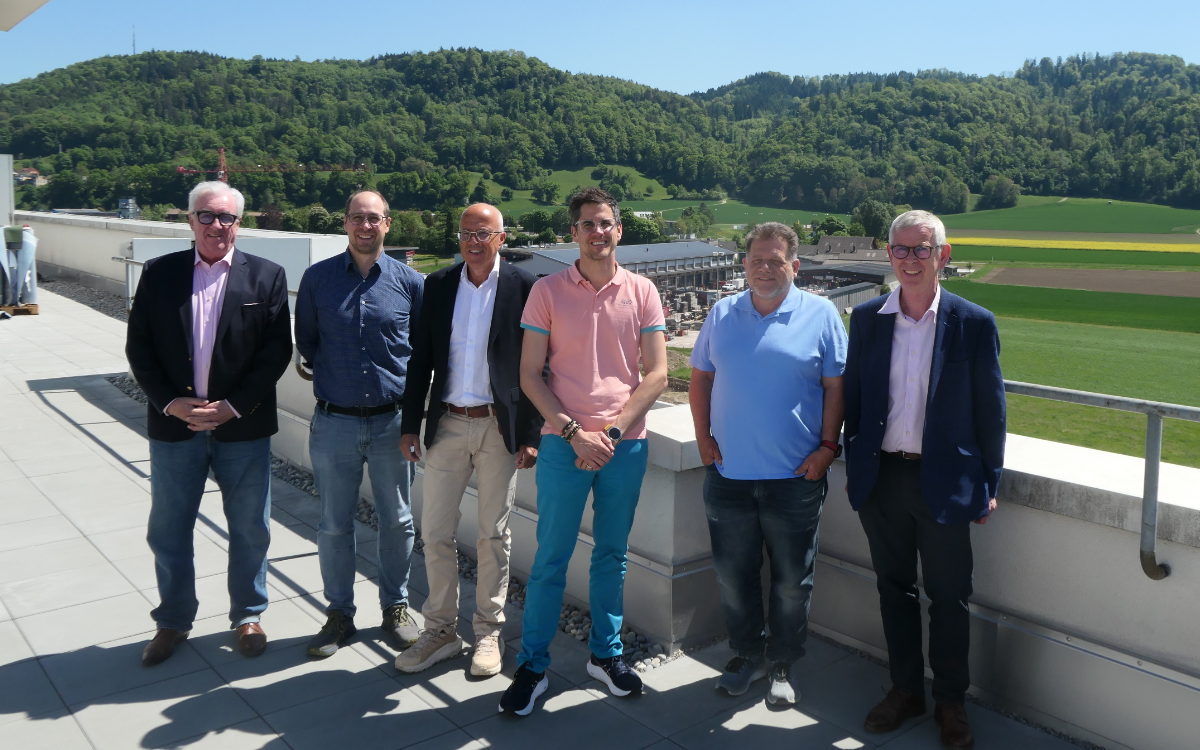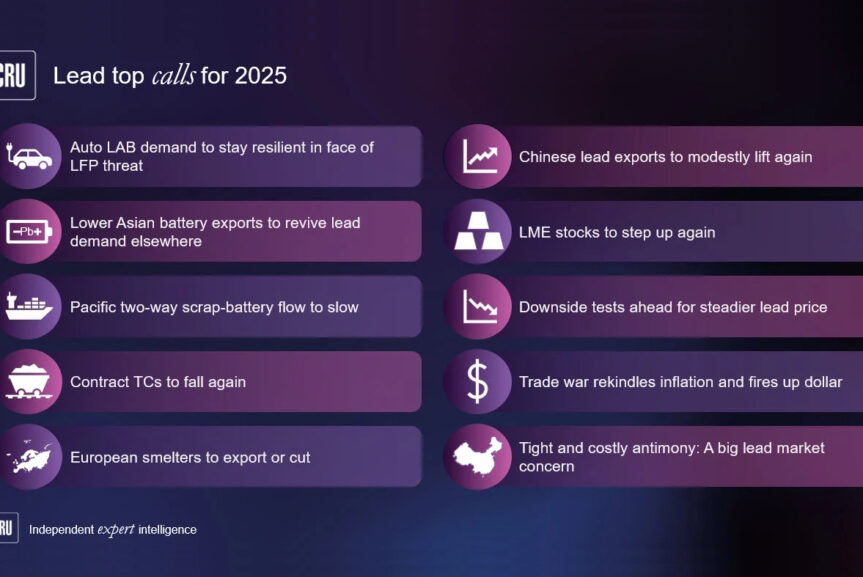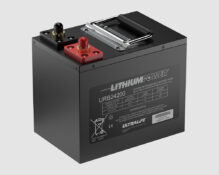Research organisation Consortium for Battery Innovation (CBI) has launched a call for proposals focused on innovative applications for advanced lead battery technologies.
The US-based organisation is urging the industry to submit research proposals that will enhance cycle life, service life, charge efficiency and operational cost of lead batteries.
The request for proposals will guide CBI’s new Technical Program and next round of funded projects.
CBI has identified electric vehicle, energy storage system and motive power applications as key areas for growth opportunities for the advanced lead battery market.
For motive power applications, the focus is lowering the total cost of ownership by increasing cycle life, recharge time and producing maintenance-free batteries.
For energy storage, the priority is to improve cycle life, calendar life and overall efficiency while reducing acquisition and operating costs.
For the automotive sector, encompassing conventional and electric vehicles, the key areas are improving high-temperature performance, charge efficiency and lifetime, while ensuring recent improvements in dynamic charge acceptance, cold crank amps and water loss are maintained.
The request for proposals is open for submissions until Friday, 20 May.
More information on the full list of topics and guidelines for proposals is available here.
CBI lead battery roadmap
In 2019, the Consortium for Battery Innovation (CBI) laid out plans to develop next generation lead batteries in its initial ‘Technical Roadmap’ aimed at spearheading the industry to maximise innovation potential of the technology.
Last September, the revised ‘Technical Roadmap’ laid out plans for CBI to head research collaborations with governments, universities, end-users and lead battery manufacturers to maximise innovation potential of the technology.
The original 2019 document set research and innovation targets that included: improving dynamic charge acceptance of lead batteries in micro and mild-hybrid cars from 0.5A/Ah to 2A/Ah. This goal remains the same in the new roadmap.
Plans also include improving cycle life for batteries in stationary applications to 6,000— up from 1-3,000 last year— and charge acceptance to around 95% by 2025.
The roadmap also aims to increase partial state of charge (PSoC) at 17.5% depth of discharge in enhanced flooded batteries (EFB) from 1,500 to 3,000 in the next five years.
The new roadmap added extended research targets up to 2030 for motive power, industrial, UPS and e-bike applications.
Read more about the technical roadmap below
Limitless potential: CBI’s new Technical Roadmap driving lead battery research












